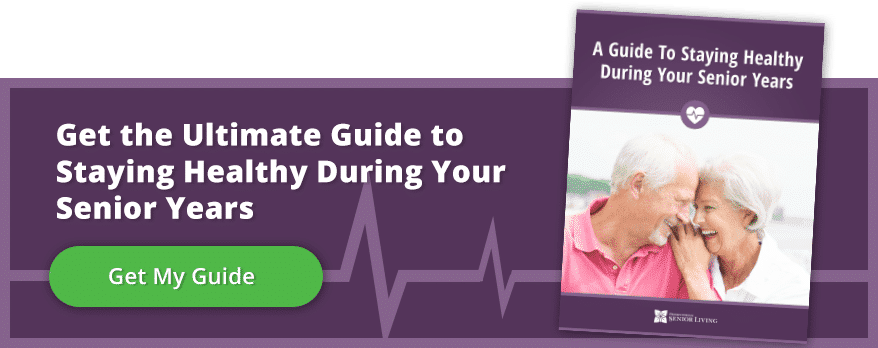October brings fall colors with changing leaves, but you will also find pink ribbons prominent in this month to celebrate Breast Cancer Awareness month. One in 8 women in the United States will be diagnosed with breast cancer in her lifetime. In 2023, an estimated 297,790 women and 2,800 men will be diagnosed with invasive breast cancer. Chances are, you know at least one person who has been personally affected by breast cancer. I have experienced this personally as my mother was diagnosed in her 60’s, and I have a niece who was diagnosed in her 30’s.
Early detection is critical for both women and men. We should all be performing breast self-exams and scheduling regular clinical breast exams and mammograms.
By performing monthly breast self-exams, you will be able to more easily identify any changes in your breasts. Be sure to talk to your healthcare professional if you notice anything unusual. Some things to look for are:
- A change in how the breast or nipple looks or feels
- A change in the skin texture or an enlargement of pores in the skin (orange peel’s texture)
- A lump in the breast
- Dimpling anywhere on the breast
- Unexplained swelling of the breast (especially on one side only)
- Nipple that is turned inward or inverted
- Nipple discharge
Many of us like to know what we can do to reduce our risk of breast cancer. There are two types of risk factors: 1) Genetics are inherited or passed down from parent to child and cannot be changed; 2) Environmental and lifestyle risk factors are avoidable and under our control.
Genetic Risk Factors include age, race, family history, personal health history, early menstruation, and late menopause (after 55). Genetic testing is available but experts recommend only people with high risk get tested. Insurance companies often will only cover genetic counseling and testing for individuals who are a high risk.
Environmental and Avoidable Risk factors may include lack of physical activity, poor diet, being overweight, drinking alcohol, and combined hormone replacement therapy (HRT).

Things that are myths and do not cause breast cancer include: it is not contagious, and it is not caused by wearing underwire bras, implants, deodorants, caffeine, plastic food serving items, microwaves, or cell phones.
For people who are diagnosed with breast cancer, it is natural to wonder what may have caused the disease, but no one knows the exact causes of breast cancer. Doctors seldom know why one woman develops breast cancer and another doesn’t. Most women who have breast cancer will never be able to pinpoint an exact cause. What we do know is that breast cancer is always caused by damage to a cell’s DNA.
When breast cancer is detected early the survival rates increase. If you are diagnosed, you don’t have to face breast cancer alone. There are many resources and support groups. Some support groups focus on certain life stages, while others help you process specific experiences. All of them are designed to get you the help you need so you can move forward with your life.
References:
https://www.nationalbreastcancer.org/
